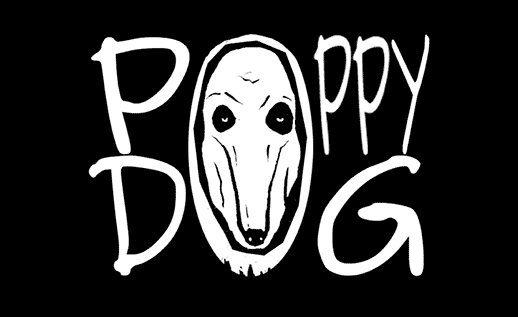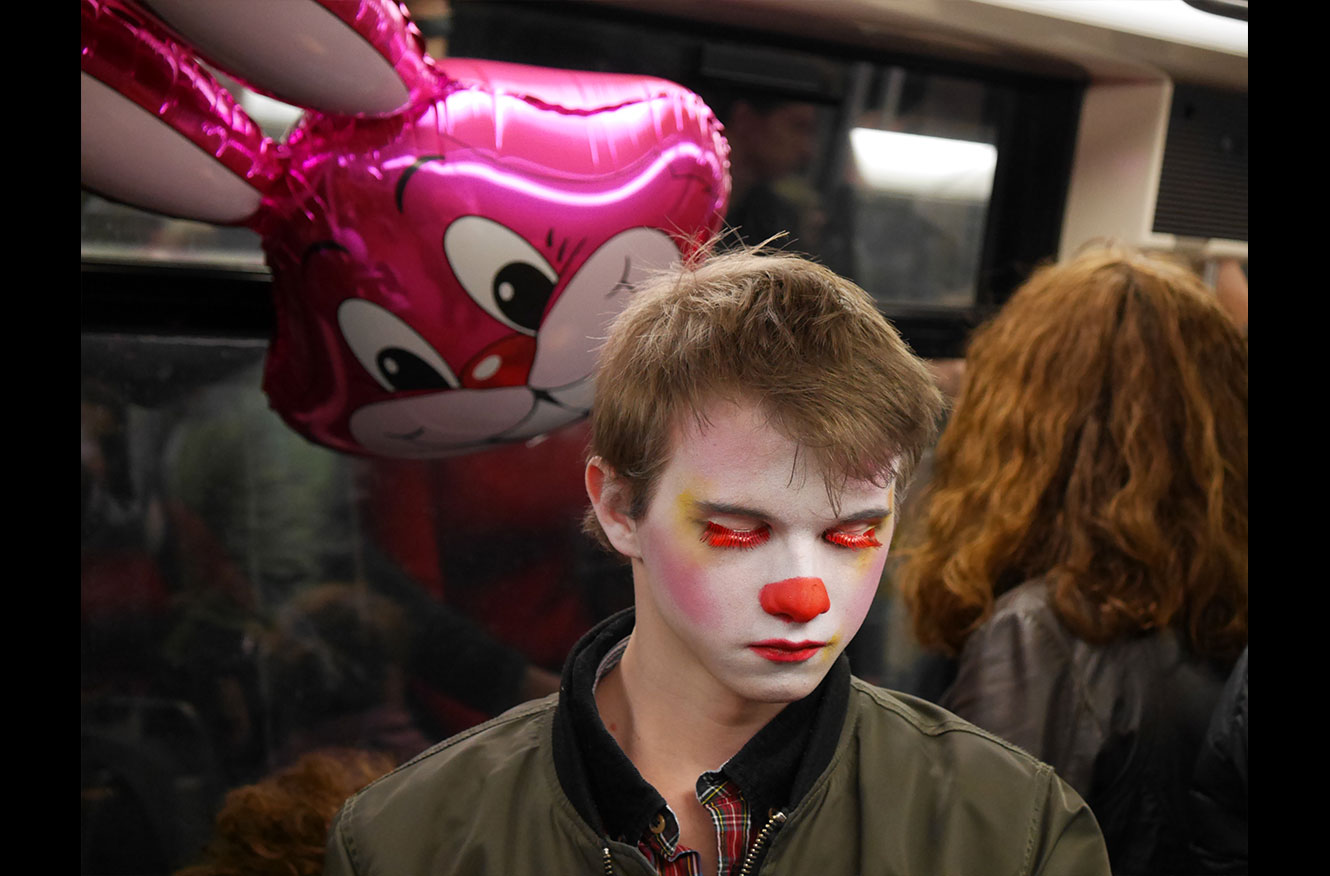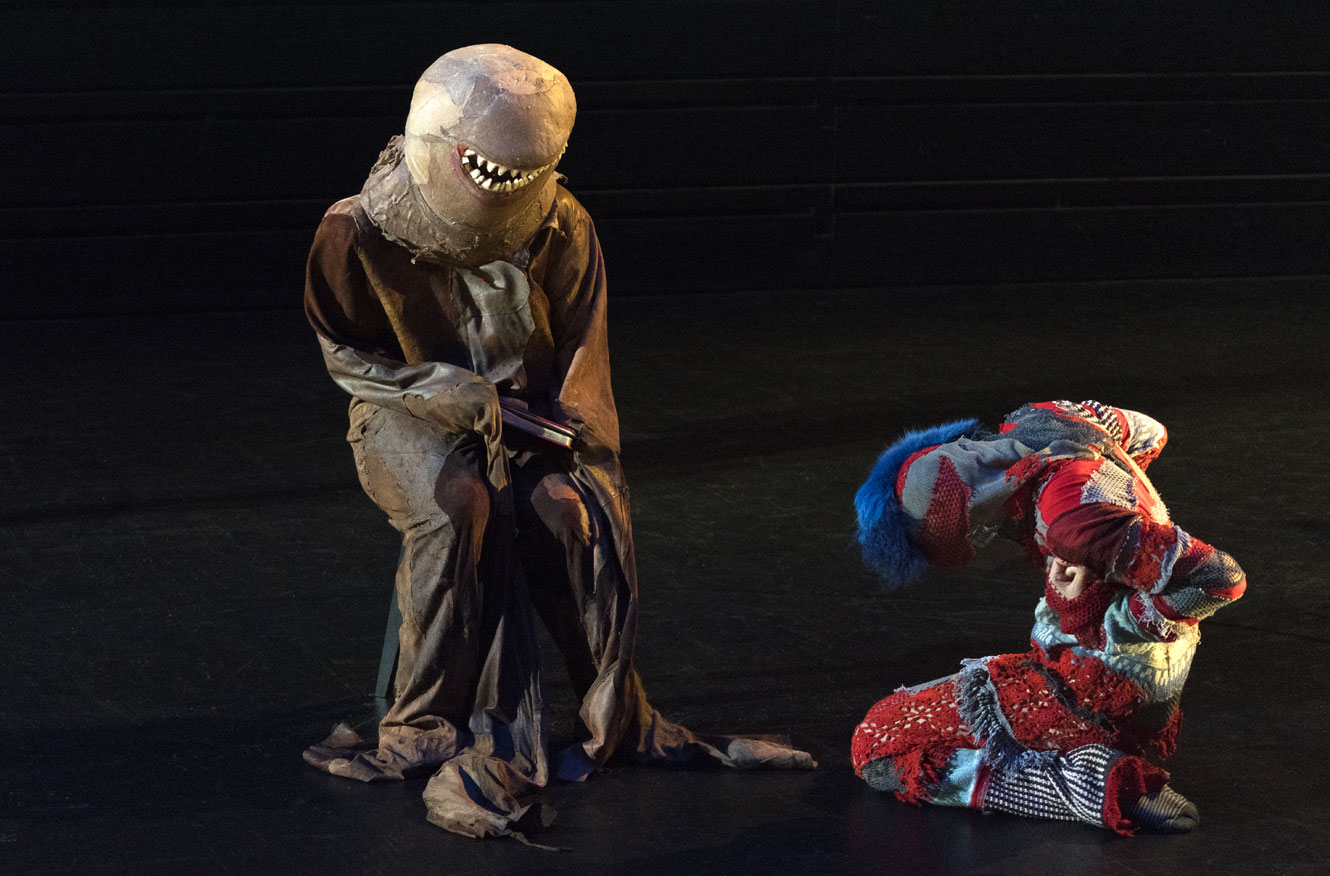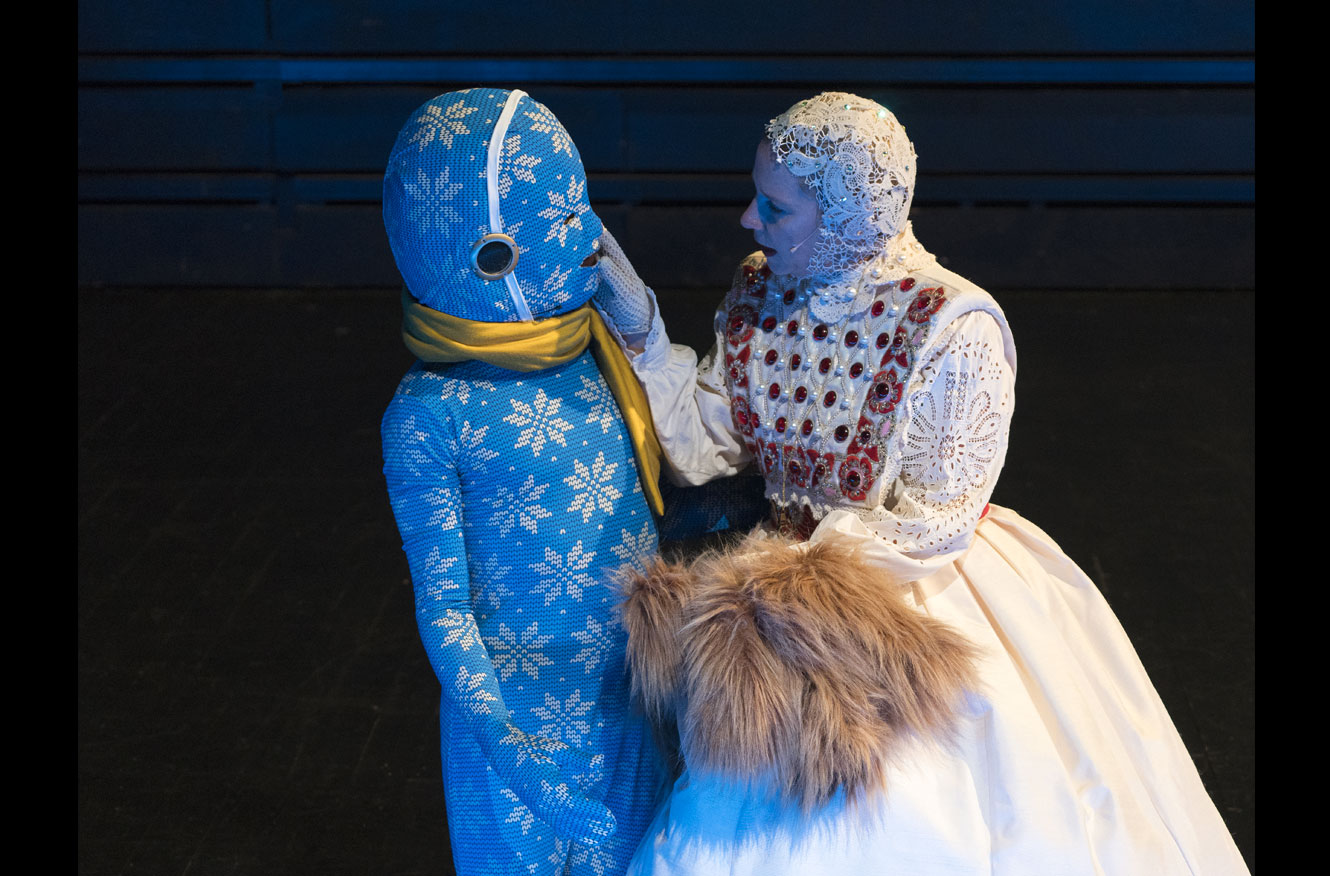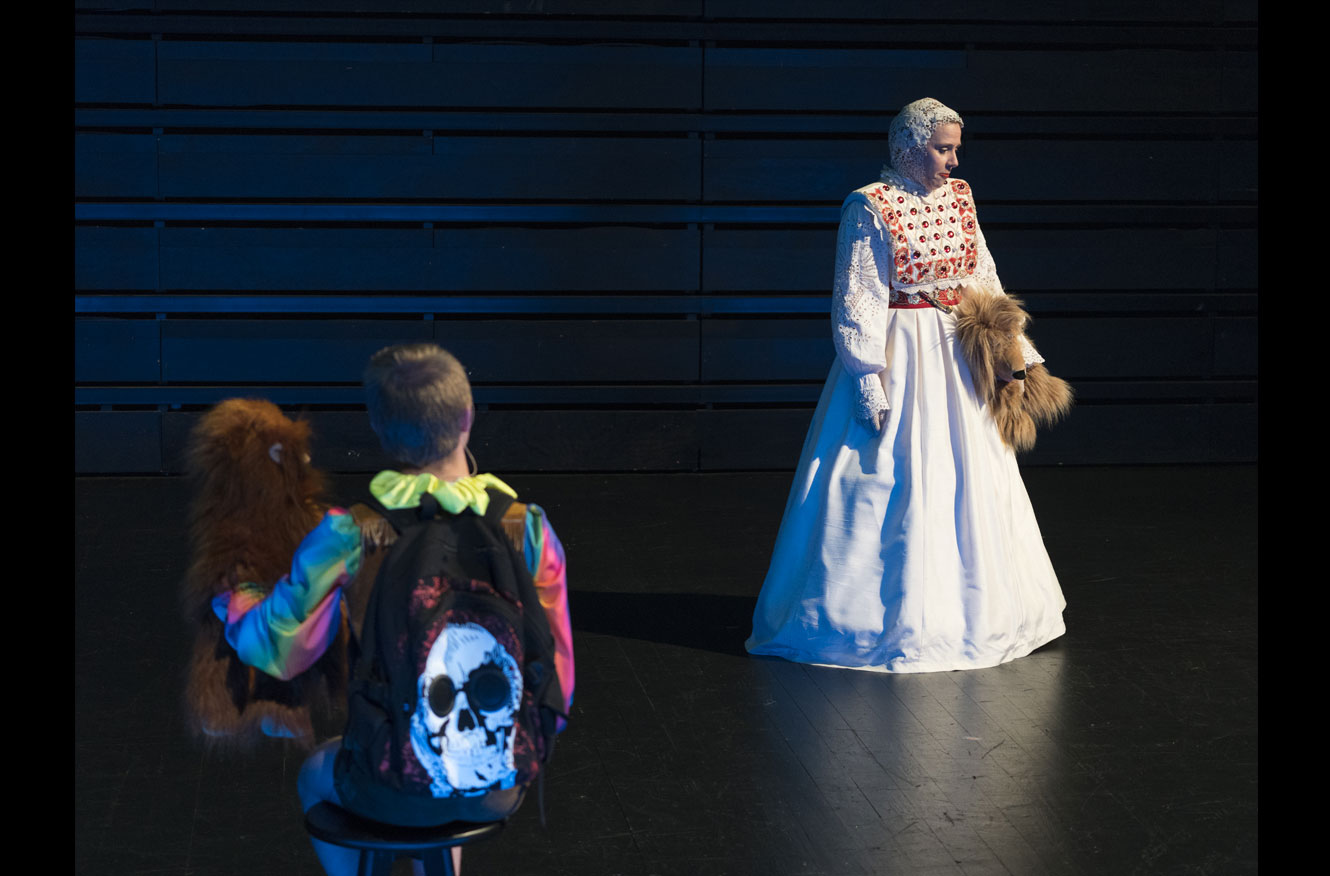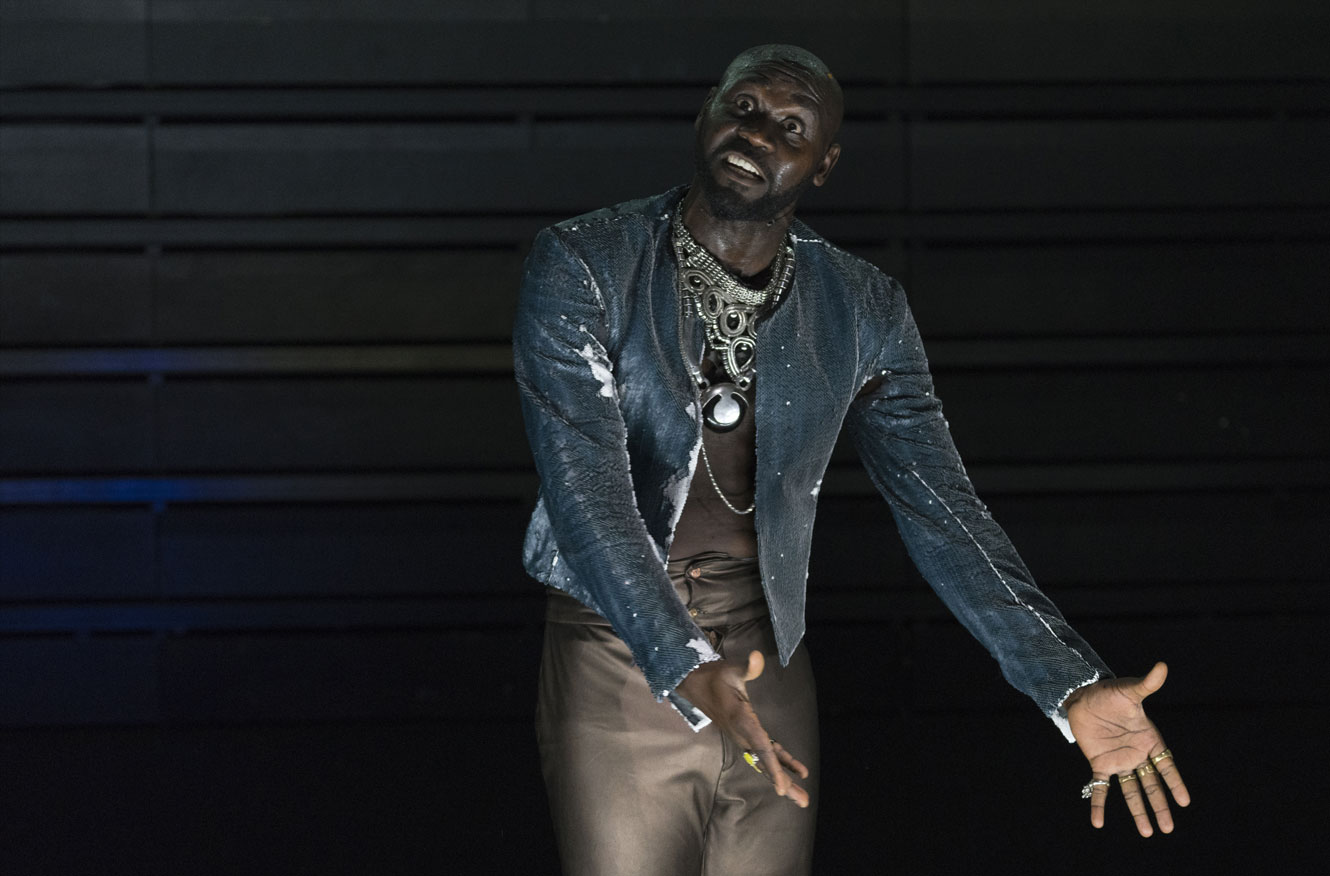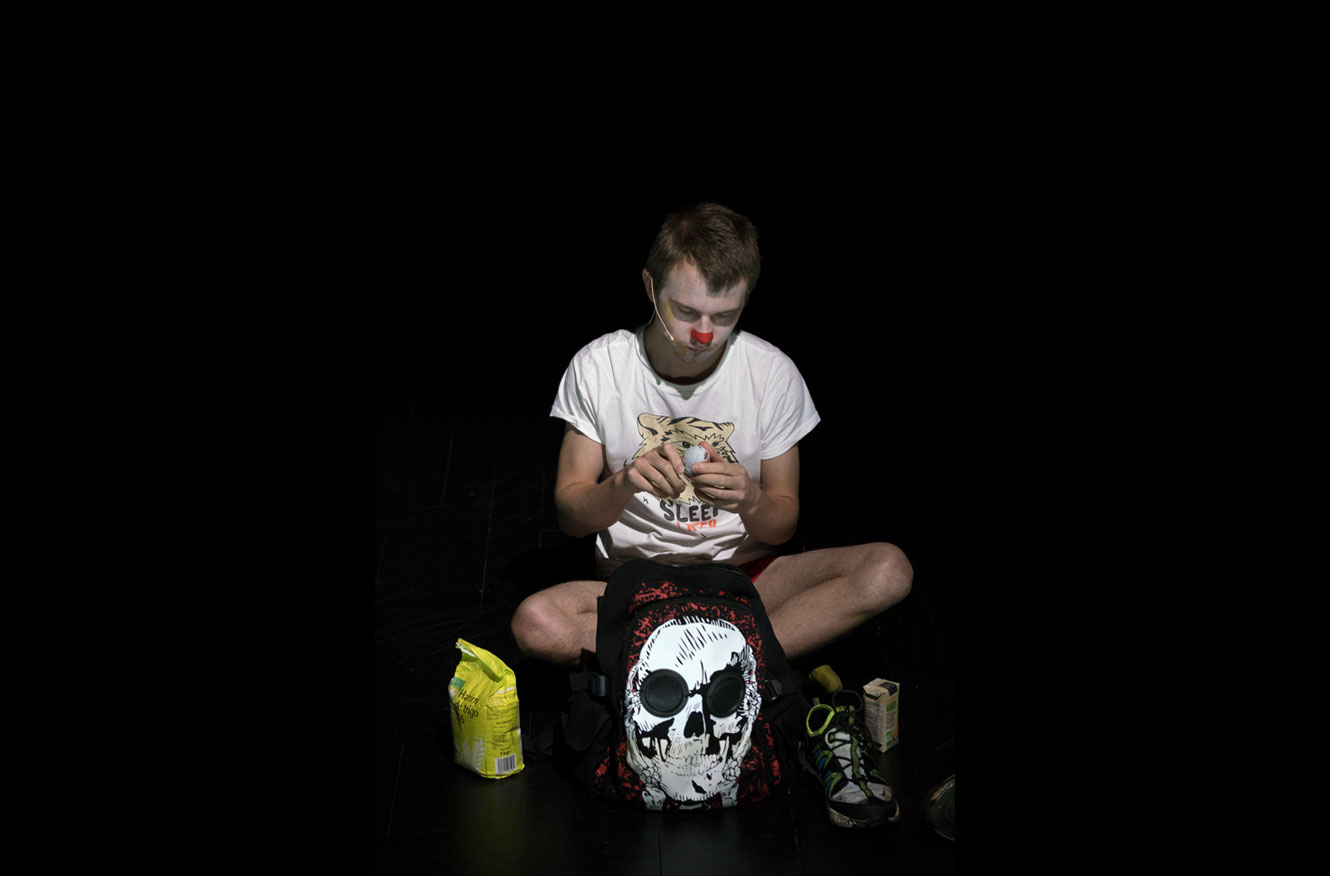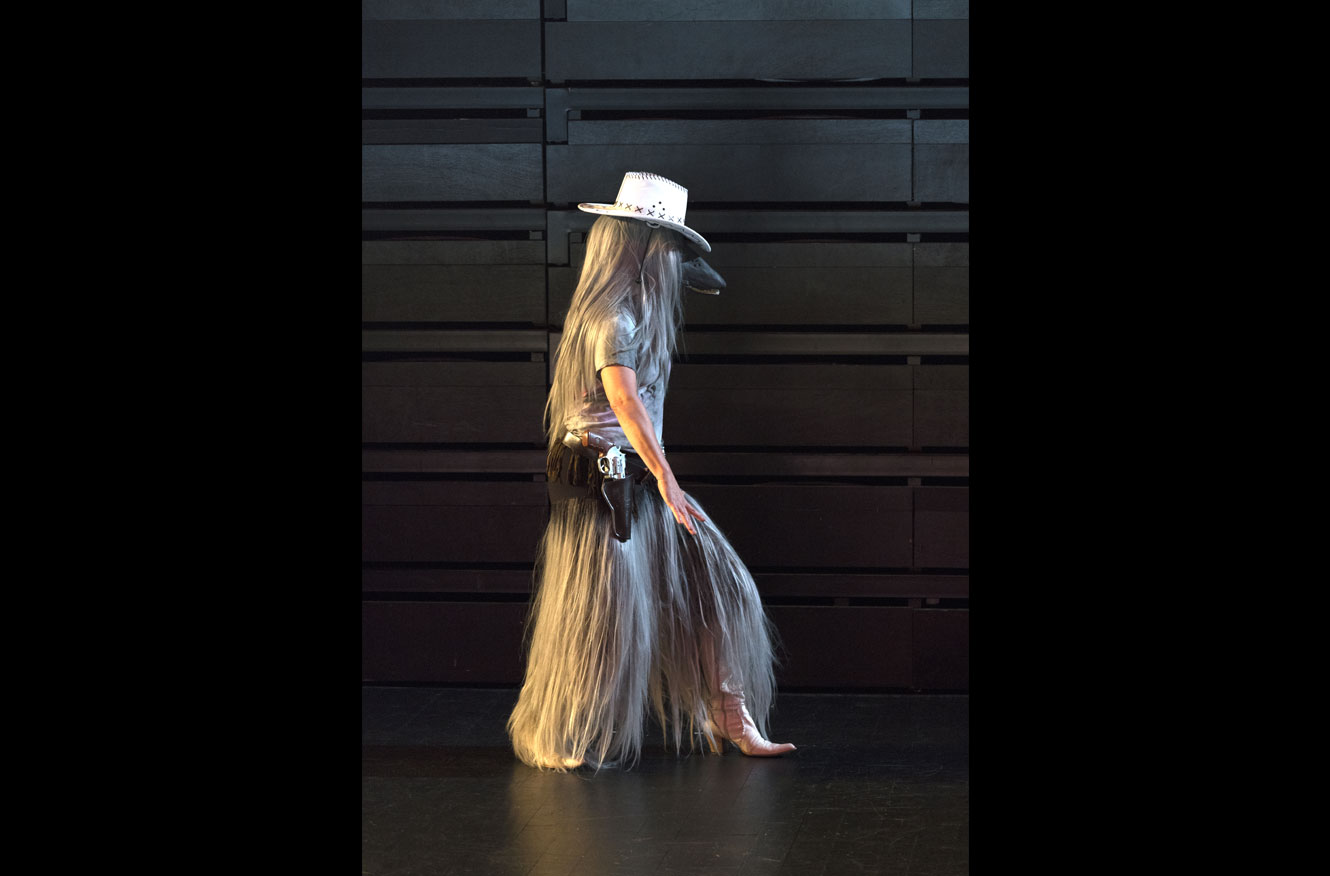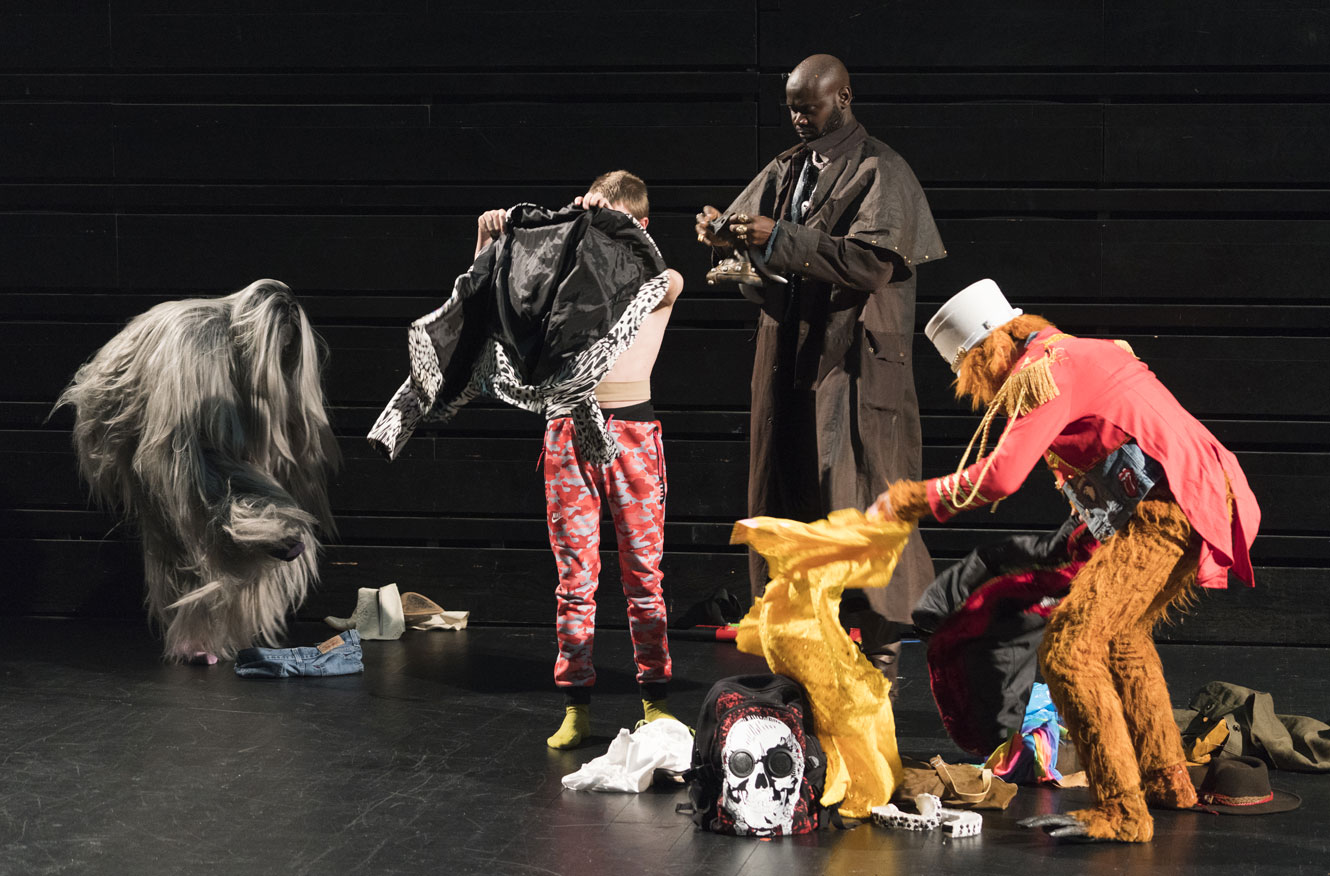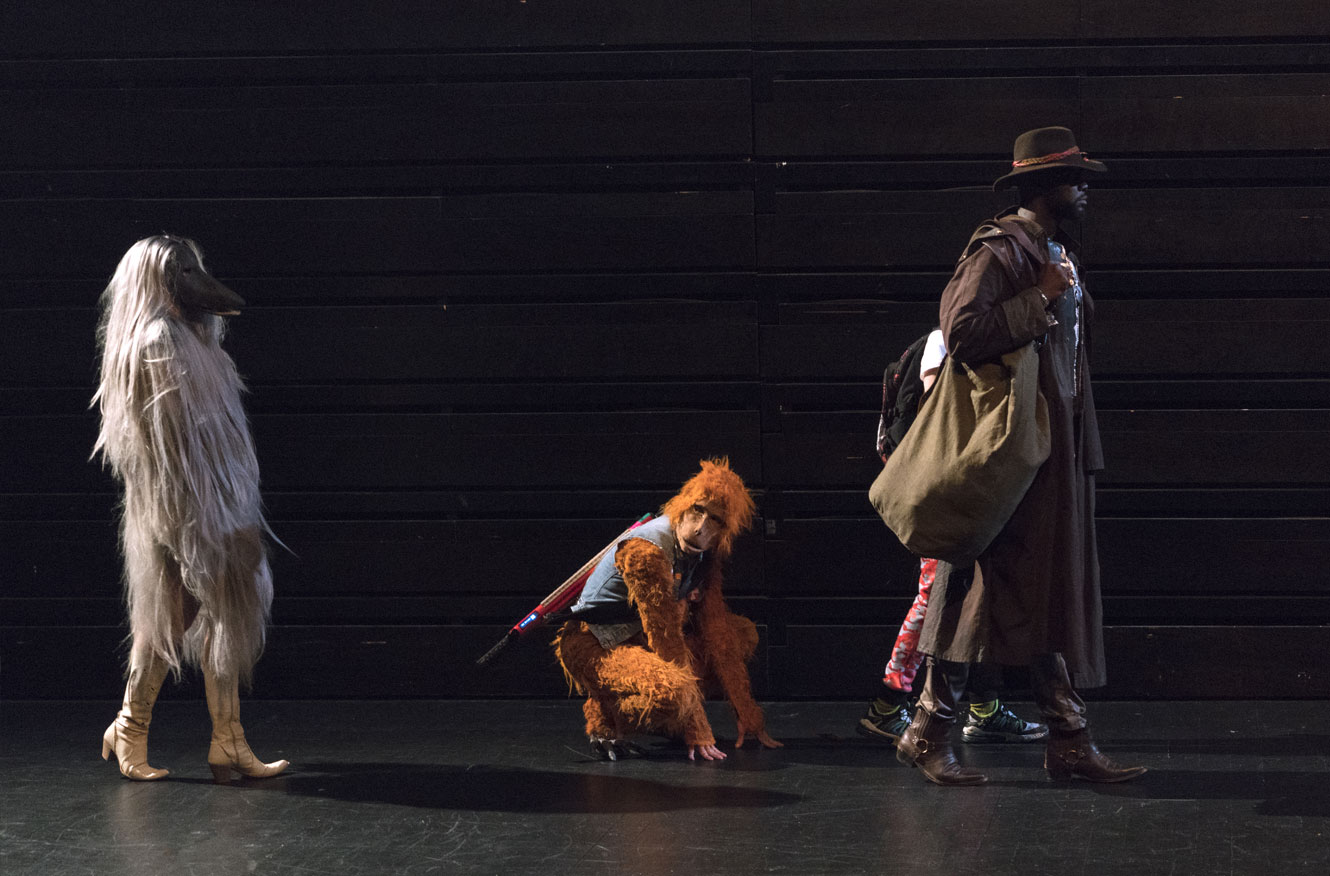REMI
All audiences from 8 years old
Based on the novel Sans famille by Hector Malot
Conception, adaptation and direction Jonathan Capdevielle
Creation November 5, 2019, Le Quai, CDN Angers Pays de la Loire
CAST
CONCEPTION AND DIRECTION
Jonathan Capdevielle
ADAPTATION
Jonathan Capdevielle, in collaboration with Jonathan Drillet
PERFORMERS
Dimitri Doré, Jonathan Drillet or Robin Causse, Michèle Gurtner or Sophie Lenoir, Babacar M’Baye Fall or Andrew Isar
ASSISTANT DIRECTOR (CREATION)
Colyne Morange
ASSISTANT DIRECTOR (TOUR)
Guillaume Marie
CONCEPTION AND REALIZATION OF THE MASKS
Etienne Bideau Rey
COSTUMES
Colombe Lauriot Prévost
ASSISTANT COSTUMES
Lucie Charrier
DRESSER
Coline Galeazzi or Cara Ben Assayag
WIG VITALIS
Mélanie Gerbeaux
LIGHT
Yves Godin
LIGHTING MANAGEMENT
David Goualou or Sylvain Rausa
ORIGINAL MUSIC
Arthur B. Gillette
SOUND CREATION
Vanessa Court
SOUND MANAGEMENT
Vanessa Court or JohannLoiseau
TECHNICAL MANAGEMENT
Jérôme Masson or Ugo Coppin
PRODUCTION, DISTRIBUTION, ADMINISTRATION
Fabrik Cassiopée – Manon Crochemore, Isabelle Morel and Mathilde Lalane
PRODUCTION
Executive producer
Association Poppydog
Coproduction
Le Quai, Centre Dramatique National – Angers Pays de la Loire / Nanterre-Amandiers, centre dramatique national (FR) / Festival d’Automne à Paris (FR) / La Ménagerie de Verre – Paris (FR) / Théâtre Garonne, scène européenne Toulouse (FR) / Théâtre Saint Gervais – Genève (CH) / CDN Orléans-Centre-Val de Loire (FR) / L’Arsenic – Centre d’art scénique contemporain Lausanne (CH) / Tandem – Scène nationale de Douai (FR) / TNG – Centre dramatique national de Lyon (FR) / Le Parvis, scène nationale de Tarbes (FR) / La Rose des vents, scène nationale Lille Métropole Villeneuve d’Asq (FR) / Le Maillon – Théâtre de Strasbourg – Scène européenne (FR)
With the support of Région Ile-de-France, au titre de l’aide à la création
With the help of du CN D, centre national de la Danse – Pantin (FR)
PAST TOUR
November 5 to 9, Le Quai – CDN Angers Pays de la Loire (FR)
November 21 to 30, Nanterre-Amandiers, Centre dramatique national – Festival d’Automne à Paris (FR)
Décember 4 to 12 Théâtre Garonne – scène européenne, Toulouse (FR)
December 15, Théâtre Cinéma Paul Eluard, Choisy-le-Roi (FR)
January 10 & 11, La Ferme du Buisson – scène nationale de Marne-la-Vallée (FR)
January 15 to 18, Théâtre de Saint-Quentin-en-Yvelines, scène nationale (FR)
January 24 to 28,Théâtre St-Gervais, Genève (CH)
January 31 & February 1, TLH, Sierre (CH)
February 5 to 9, Arsenic – Centre d’art scénique contemporain, Lausanne (CH)
March 3 to 5, Théâtre des 13 vents, CDN Montpellier (FR)
March 10 to 13, La Rose des Vents, Scène nationale Lille Métropole Villeneuve d’Ascq (FR)
Gallery : © Vanessa Court, © Marc Domage
Background visual : © Marc Domage and Jonathan Drillet, Design : Grégoire Gitton
In my shows, the child holds a central place. Adishatz/Adieu, Saga and A nous deux maintenant (Up to us now) are all, explicitly or implicitly, about childhood. Childhood memories are often the driving force for the dialogues or tale writing process. Especially in Saga, a show based on materials from my past that depicts personal memories.
The figure of the child in different roles – observer, witness, actor or narrative thread for the fiction – exposes in different ways the complexity of the adult world. Indeed, my productions touch on reflections on common topics such as identity, sexuality, the relation to the family, to the roots and in general to what makes an individual, where we come from and what we become. The child observes the adult world and takes it as a point of reference, an example to follow.
The concepts of learning and self-construction are what inspire me to work for a younger audience this time. I want to put the child at the center of a piece in which I will work on creating empathy for a young hero that faces life’s sometimes tough times and who grows from these experiences, whether positive or negative. The character moved by multiple emotions faces situations that are sometimes extreme, but he never gives up; on the contrary, he takes his misfortune and makes it a strength and in spite of his young age he quickly learns to get by and make it.
In 1990, I discovered on television the manga adaptation Nobody’s Boy: Remi, I didn’t know the author, but it fascinated me. To follow every evening of the week the adventures of this young boy was really exciting. It led me to buy the novel by Hector Malot Sans Famille.
The novel tackles childhood and the quest for identity through an initiation that takes the form of a journey with multiple encounters. A trip that reveals the commitment to art, shown as a livelihood, a way of surviving the fatality that wears on Remi. At the beginning of the novel, the child hero, abandoned by his adoptive father, is sold to a barker and his group (dogs and a monkey) who will educate him and introduce him to showbusiness. He travels around France from town to town with this peculiar second family, hoping to build another future. Unlike Pinocchio, in the novel the child has a very direct, real and authentic relation to the world, to the hardship that goes with the entertainer’s life. Life is clearly a learning curve and a thinking ground for the young child whose goal is to always go on, and to toughly work on becoming independent.
The novel is a first-person narrative and appears to be autobiographical because we end up finding out that the narrator is Remi. An adult Remi that tells us the story of the singular life of an adopted wandering child searching for truths.
I wanted to create two episodes adapted from the novel that depict the different steps of the initiatory journey. The material of the novel is significant, and I wanted to keep a certain consistency with the story about Remi’s character and his way of evolving and changing. It required to adapt it by focusing on the dialogues but also on the narration that is used to precisely describe situations or states of mind of the characters in the story.
I chose to work on the theatre space in its raw form. Without scenography, the performers are in charge of building the fiction space while a surround sound system allows to work on off stage scenes.
In the same way as my previous productions, the performers are able to play several roles and identities. To create a variety of characters with a small number of actors, I wanted to work on the mask techniques and thus to rely on their aesthetic strength.
Indeed, mask requires a precise acting technique. It allows the performer to work on details and to fully embody fantasy characters. I am interested in the metamorphosis, the total embodiment, almost derived from ritual and possession. The masked character can convey the divine or the idea of sacrifice, it impresses, amuses, troubles, brings the uncanny and unreal in the show.
The idea of the ritual is also represented by the character of Vitalis, the barker leader of the group. In the novel, the man with an enigmatic past is a nomad who knows very well the travelling life and the land. When he performs, he masters the art of speech and music like no one, he makes a strong impression as he gathers the crowd. He is also a kind of father and spiritual guide for Remi. He teaches him the bases of education; he is one of the answers to the child’s questions about his relation to the world and the way it works.
Jonathan Capdevielle
